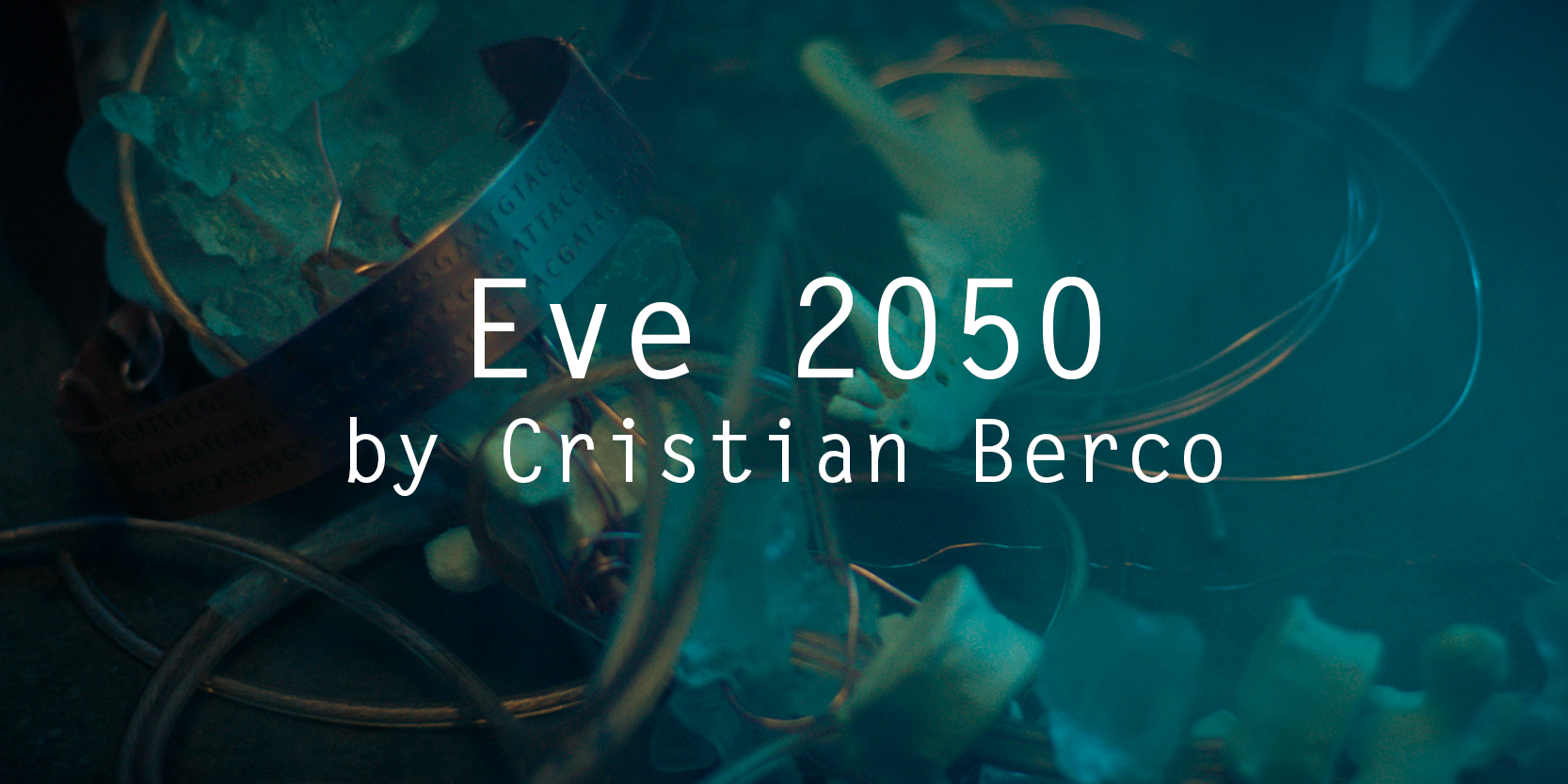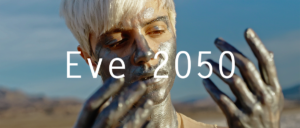What can a historian have to say about a yet unborn woman, a mere spark in our imagination destined to live through impossible to grasp circumstances? As a student of the past, of its bodies and its cultures, what strikes me is the unpredictability of historical change. The twists and turns of circumstance are shaped by so many serpentine and deeply interconnected forces, whether proximate or distant, familiar or silent, that easy predictions cannot be made. Though inexorably shaping our future even today, historical change is hard to pin down and predict.
One often hears the refrain that history repeats itself. Uttered in the midst of high-minded conversations about the need to learn the lessons of the past, such concepts mean little. To my mind, thinking of history as circular merely promises a false sense of continuity, a feeling that just as everything returns, so will all that makes us who we are. But, such saccharine thoughts only serve to silence the anxiety of mortality, of knowing deep down that, just as the worlds our ancestors created eventually withered, so will ours. Just as our present selves and the infinitely complex mix of factors that go into shaping them cannot be fully reproduced at other moment in times, so can we think of the past: a mirror in which we see others that kind of look like us, even if distorted by the vagaries of time, but who are deeply different.[1]
The more one looks at the past, the more the impassable chasm that divides us from historical lives both beckons and obscures. As historians we try to build conceptual and imaginative bridges into these pasts, but these are structures that can never be completed. Consider, for instance, something as basic as the experience of disease. Don’t we all get sick, whether today or four centuries ago? Don’t we all experience the pain and suffering of disease? Certainly, such common human experiences may well bring us closer to what our ancestors felt. But, ultimately, we can only approach their world, never fully understand it at the intuitive level that only experience brings. Can we truly know what it was like to believe in healing through both physical and magical means; to think of the suffering body as redemptive of sin, and thus open oneself to it, as laypeople in the Christian tradition centuries ago? Can we truly understand what it was like to suffer through treatments like mercurial salivation in the sixteenth century which rotted gums, and produced unbearable pain while promising to cure syphilis? No, we can understand these different worldviews and experiences logically but never truly know them in the flesh for, after all, the context of our own times indelibly shapes how we experience the world.[2]
Why bring up the separateness from the past when thinking of Eve 2050? It is to highlight inevitability of change over time. Whether looking back or looking forward, time shatters our assumptions about how the world, us, and others work. And, more problematically for this exercise, even the old certainties which used to temper this sense of separateness from the past, of the inexorable change that ultimately makes our ancestors and their predilections somewhat alien to us, have started to crumble.
Consider, for instance, the notion of a fixed brain, a set of processes—sensory, emotional, cognitive—that, outside the confine of evolutionary time, were thought to be relatively stable and which could ensure a shared humanity between us and past actors. This was the old brain science. In the last twenty years, however, neuroscientists have built a model of a malleable and ever changing brain, adapting and shifting in accordance to its environments. Cultural neuroscientists have even showed the way various cultures across the globe create different brain patterns and structures, whether in terms of perception, emotion, or cognition. [3]
To historians—and also to anthropologists and other social scientists—the notion of a brain that is unmoored and open to change across culture and, thus, time itself (for what is truly history but the study of shifting cultures over time) has started to change how we think of the human condition.[4] On the heels of seminal works, like that of Daniel Smail, in the burgeoning field of neurohistory, we are starting to see how historical circumstances—social structures, intellectual assumptions, institutional forces and so forth—have shaped historical brains.[5] And to me personally, such an approach to the past that focuses on changing historical factors and how they shaped neurological processes has been eye opening. My recent work on the inquisitorial brain, for instance, has revealed how the specific institutional and intellectual contexts in which inquisitors lived and judged basically were shaping a new type of brain: one that was specifically trained to see the traces of racial difference—an emerging concept at the time—in those they encountered.[6] As much as I am interested in historical inquisitors for their own sake, what fascinates me about the historical brain is the extent to which it highlights how different humans in the past were from us. To us, seeing and noticing racial differences is completely second hand; inquisitors on the other hand were living through a period of time when these types of brains were just being forged, trained, and reproduced.
The salient point when thinking of Eve, thus, remains that different societies at various historical times shape specific types of brains depending on a complex set of factors. It is this neurophysiological difference that accumulates over time that defines the human condition in relation to history. It is not that our ancestors and their views, predilections and ways of seeing the world will eventually come back, but that change, even at a brain level, is unavoidable. It is this understanding of change, in the very brain, that helps us to build that bridge to the past, as incomplete as it maybe. Otherwise, how to fully explain the often alien views and predilections of our ancestors? How to square something as strange as the fact that most people living just a few centuries ago felt, far from the horror we would feel, fascination and even enjoyment from the spectacle of a public execution? One of the ways of making sense of these differences with the past is by understanding the way past brains were shaped, often in manners completely different from our own.
But, as difficult as trying to approach the unimaginable in our ancestors might be, this pales in comparison to the horror of a future Eve I envision whose brain might very well be cut off from this process of human-driven, culturally-salient change. I fear, as others have, what a cybernetic future may hold.[7] Not so much because of the questions such a cybernetic culture might raise in terms of social ramifications, but specifically because of what it will mean for a human condition which has been shaped by its relationship to time.
What happens to a cyber brain, perhaps Eve’s in 2050, if neurophysiological change is measured in digital patches and not organically brought about by human experience, by circumstance and chance, even by failure and disappointment. Is this a human brain any longer if it is cut off from the forces which have been slowly shaping brains across time? It is a brain outside history and, thus, beyond human experience.
That the brain itself is not constant over historical time and that it is shaped indelibly by context has been an important discovery. The inexorability of change which, even if painful, has shaped not just individual lives but how the brain itself works—emotions, sensory perception, cognition—remains a part of the human condition. As a historian who can only continue to approach the past but never quite reach it, predicting a future yet unborn is senseless. But, when thinking of the possibilities others have theorized, I am concerned by what will become of Eve when she reaches 2050. I worry that, disconnected from time and circumstance, her brain and the ways she will think, feel, and see her world will be even more alien to us than anything our ancestors could have done or thought.
[1] The sense of the difference between past and present, as opposed to a didactic understanding of the past, emerged in the 19th century. Recently, however, the rise of public history and memory studies have challenged some of these notions and called for a more engaged history. See, for example, J. H. Plumb, The Death of the Past (London, 1969); Jaques Le Goff, History and Memory (New York, 1996); Gordon S. Wood, The Purpose of the Past (New York, 2008); Chris Lorenz, “Unstuck in Time. Or: the Sudden Presence of the Past,” in Karin Tilmans et al., eds., Performing the Past: Memory, History , and Identity in Modern Europe (Amsterdam, 2010), pp. 67-102.
[2] Michael Stolberg, Experiencing Illness and Disease in Early Modern Europe (New York, 2011), p. 160 precisely describes the tension between sharing a similar physiology with our ancestors but being separated, in their experiences, from the culture in which they lived. For the experience of syphilis in the early modern period see Cristian Berco, From Body to Community: Venereal Disease and Society in Baroque Spain (Toronto, 2016).
[3] C. Shaw and J. McEachern, eds. Toward a Theory of Neuroplasticity (London, 2001); Joan Chiao, ed., Cultural Neuroscience. Cultural Influences on Brain Function (Amsterdam, 2009); S. Han and E. Pöpel, eds., Culture and Neural Frames of Cognition and Communication (On Thinking) (Berlin, 2011; Shihui Han et al., “A Cultural Neuroscience Approach to the Biosocial Nature of the Human Brain,” The Annual Review of Psychology 64 (2013): 335-59.
[4] Daniel H. Lende and Greg Downey (eds.), The Encultured Brain: An Introduction to Neuroanthropology (Cambridge, Mass., 2012).
[5] Jeremy Trevelyan Burman, “History from Within? Contextualizing the New Neurohistory and Seeking its Methods,” History of Psychology 15, no. 1 (2012): 84-99; Lynn Hunt, “Psychology, Psychoanalysis and Historical Thought,” in L. Kramer and S. Maza (eds.), A Companion to Western Historical Thought (Malden, Mass., 2002), 337-56; Lynn Hunt, “The Experience of Revolution,” French Historical Studies 32, no. 4 (2009): 671-8; Daniel Lord Smail, On Deep History and the Brain (Berkeley, 2008); Andrew Shyrock and Daniel Lord Smail, eds., Deep History: The Architecture of the Past and Present (Berkeley, 2011).
[6] Cristian Berco, “Perception and the Mulatto Body in Inquisitorial Spain: A Neurohistory,” Past & Present 231, no. 1 (2016): 33-60.
[7]Katherine N. Hayles, How We Became Posthuman: Virtual Bodies in Cybernetics, Literature, and Informatics (Chicago, 1999).
Cristian Berco contributed to Eve 2050’s creation process.


